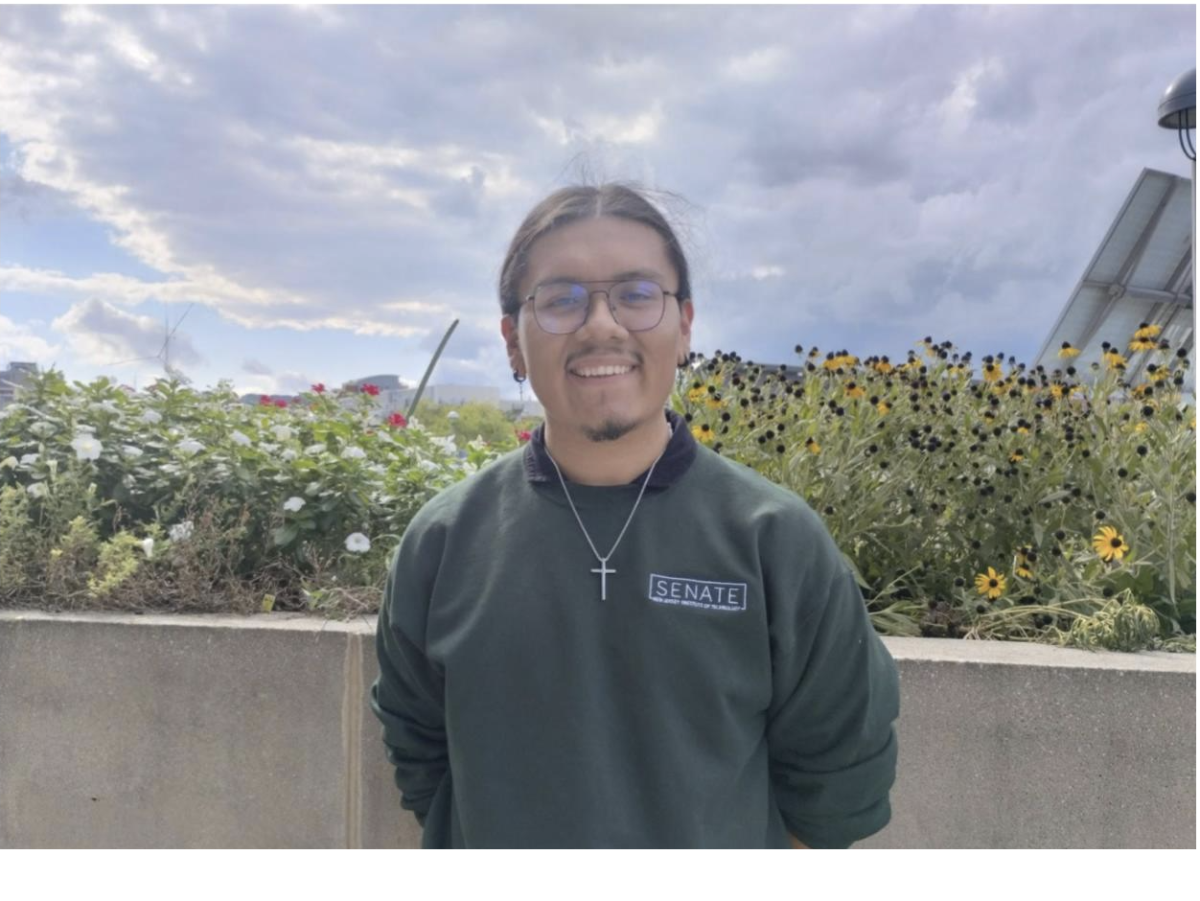For many students, campus sustainability comes in the form of addressing environmental concerns — most commonly through recycling and composting. Fourth-year architecture student Alvaro Coronado’s concern, however, strayed from the conventional route and delved into an often-overlooked pillar of this responsibility — social sustainability.
Upon learning about this topic, Coronado was surprised and admitted that he was unaware his work fell under this category. However, he was overjoyed to learn his actions were able to contribute to enhancing the NJIT campus.
“The only thing I did was recognize the gap in the representation of the Latine community on campus. And I am not the first to have recognized it,” he confessed. Coronado recounted his experience in the opening ceremony of Hispanic and Latine Heritage Month this year.
“A Brazilian electrical engineering student approached me,” Coronado stated. “He had heard about the Society of Hispanic and Latine Appreciation (SHLA) — the club I’m in the process of establishing. While speaking to me, he shared his feelings of not fitting in the current demographic of identity-based clubs because of his ethnicity.”
Valeria Ramirez-Salcedo, another fourth-year architecture student, offered insight on this situation. “Brazil is a Latin country, not a Hispanic country. There’s one recognized Hispanic club called Society of Hispanic Professional Engineers (SHPE) on campus, but there is no Latine club.”
The distinction between Hispanic and Latine, as described by Coronado, is that people with Hispanic origins have their roots in Spanish-speaking countries, while people with Latine origins have their roots in Latin-American countries. While one can be both Latine and Hispanic, it’s equally possible for them to identify solely as Latine or solely as Hispanic.
Coronado pointed out the central issue with the existing clubs at NJIT: “Although SHPE is a very welcoming club, many students are [reluctant] about joining it for one of two reasons: either they identify as Latine not Hispanic, or because they are Hispanic but aren’t pursuing majors in engineering or computing.”
The aspiring architect conveyed his intent to reach out to these students with the help of SHPE. “The reason I’m working on establishing SHLA is to ensure these students are also represented and they have a place where they feel a sense of belonging,” he said.
Thanks to his involvement in organizations such as Student Senate, Art Club, and First Fellows, Coronado has attained a deeper understanding of club organization and development.
“So, I have a lot of ideas,” he began with unbridled excitement. “The first thing I’ve established are positions in my club called cultural heads. I know a lot about Peru, since I originate from there, but I don’t know much about other Spanish and Latin-origin countries. I want each cultural head to be responsible for educating everyone about their respective country’s history and culture.”
SHLA is currently in the last stages of official recognition. After receiving approval from Student Senate, the club will kick-start its events.
Angeline S. Sosa, the Assistant Director of Conference Services and Operations, hinted at some activities students could anticipate when the club gets recognized. Such activities range from immersing oneself in traditional Latine and Hispanic games to participating in traditional celebrations like a quinceañera, a fifteenth-birthday celebration typically for young women.
Both inside and outside of his club, Coronado expressed his desire to create an environment where people felt welcomed and supported: “I want people to know that there are communities on campus that are here for them.”






























